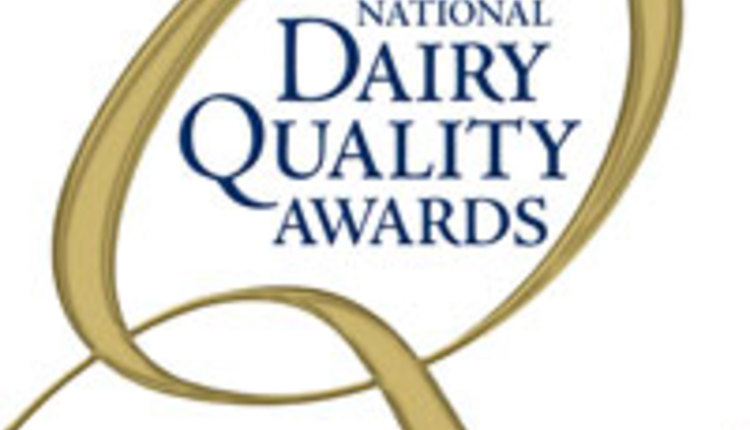
Milk production in March fell 0.4% below a year ago. This follows a 0.9% more milk than a year ago in January and just 0.1% more milk for February. Milk cow numbers which have been declining since June of last year, declined by 10,000 February to March and were 86,000 head or 0.9% lower than a year ago. This decline in cow numbers reflects cow slaughter running about 6% higher than a year ago and continued exiting of dairy producers. Milk per cow was also just 0.5% higher than a year.
March milk production compared to a year ago for the top five dairy states which produced 52% of the milk last year was: California +0.7%, Wisconsin +0.4%, Idaho +1.4%, New York +2.3% and Texas 5.8%. Milk cow numbers were down by 9,000 in California, and 4,000 in Wisconsin, but up 9,000 in Idaho, 2,000 in New York and 27,000 in Texas.
Arizona had 10,000 fewer milk cows resulting in 4.9% less milk. Milk cow numbers were down 12,000 in New Mexico resulting 3.9% less milk. Milk production was just 0.4% higher in Michigan. In Pennsylvania 29,000 fewer milk cows and lower milk per cow resulted in milk production being down 6.9%. Iowa had 3,000 fewer cows and 1.3% less milk. Higher milk per cow more than offset 4,000 fewer cows in Minnesota netting 0.5% more milk. South Dakota had 4,000 more cows and 3.5% more milk. More milk per cow in Florida was not enough to offset 7,000 fewer cows netting 4.7% less milk.
Fluid (beverage) milk sales declined 2% last year and sales were down another 1.2% January through February this year. Reports are that butter and cheese sales show only modest growth. Compared to February a year ago nonfat dry milk/skim milk powder, whey products and lactose exports were down 17%, 29% and 19% respectively. Lower nonfat dry milk/skim milk powder exports were due primarily to China down 78%, South East Asia down 11% and Middle East/North Africa down 85%. Whey exports were down 58% to China, the lowest since February 2011. Butterfat exports were up 34% and cheese exports up 16% and the second highest total ever, falling just below the record high in March 2014. Cheese exports were up 71% to South Korea, 41% to Southeast Asia, 24% to Central America and after being 20% lower in January cheese exports to Mexico in February were up 9%. On a total milk solids basis, February exports were equivalent to 14.3% of U.S. milk production.
With lower milk production dairy product production is also lower. Compared to a year ago February butter production was 2.9% lower, cheddar cheese 4.3% lower and total cheese production up just 0.5%. Stock levels are also improving. Compared to March 31st a year ago, butter stocks were down 1.4%, American cheese stocks up just 2.3%, other cheese stocks up 7.0% and total cheese stocks up 4.3%.
Milk production lower than a year ago, lower dairy product production, strong cheese and butter exports and improved stock levels all point to higher milk prices. While fluid (beverage) milk sales continue to decline butter and cheese sales are expected to continue modest growth. The level of dairy exports will be an important factor in how much milk prices improve. While dry whey prices have been in the $0.33 to $0.35 per pound range cheese prices have strengthen to increase the Class III price. The Class III price was below $14 for both January and February, improved to $15.04 in March and will be near $15.95 for April. Cheese prices should continue to improve pushing the Class III price in the $16’s as early as May with a good possibility of reaching $17 by October. Class III futures have improved, but currently are not quite this optimistic with a high in the $16.60’s by October. Butter has held around $2.25 per pound, but should show strength by fall. Nonfat dry milk prices may hold in the high $0.90’s per pound. As a result the Class IV price which was $15.48 in January continues to improve with March at $15.71 and April will be near $15.80. The Class IV price should in the $16’s by May and for the remainder of the year. Class IV futures is even more optimistic with a price in the $17’s August through November. In summary milk prices are shaping up to be much improved over the low milk prices in 2018.
Robert Cropp
racropp@wisc.edu
University of Wisconsin-Madison

